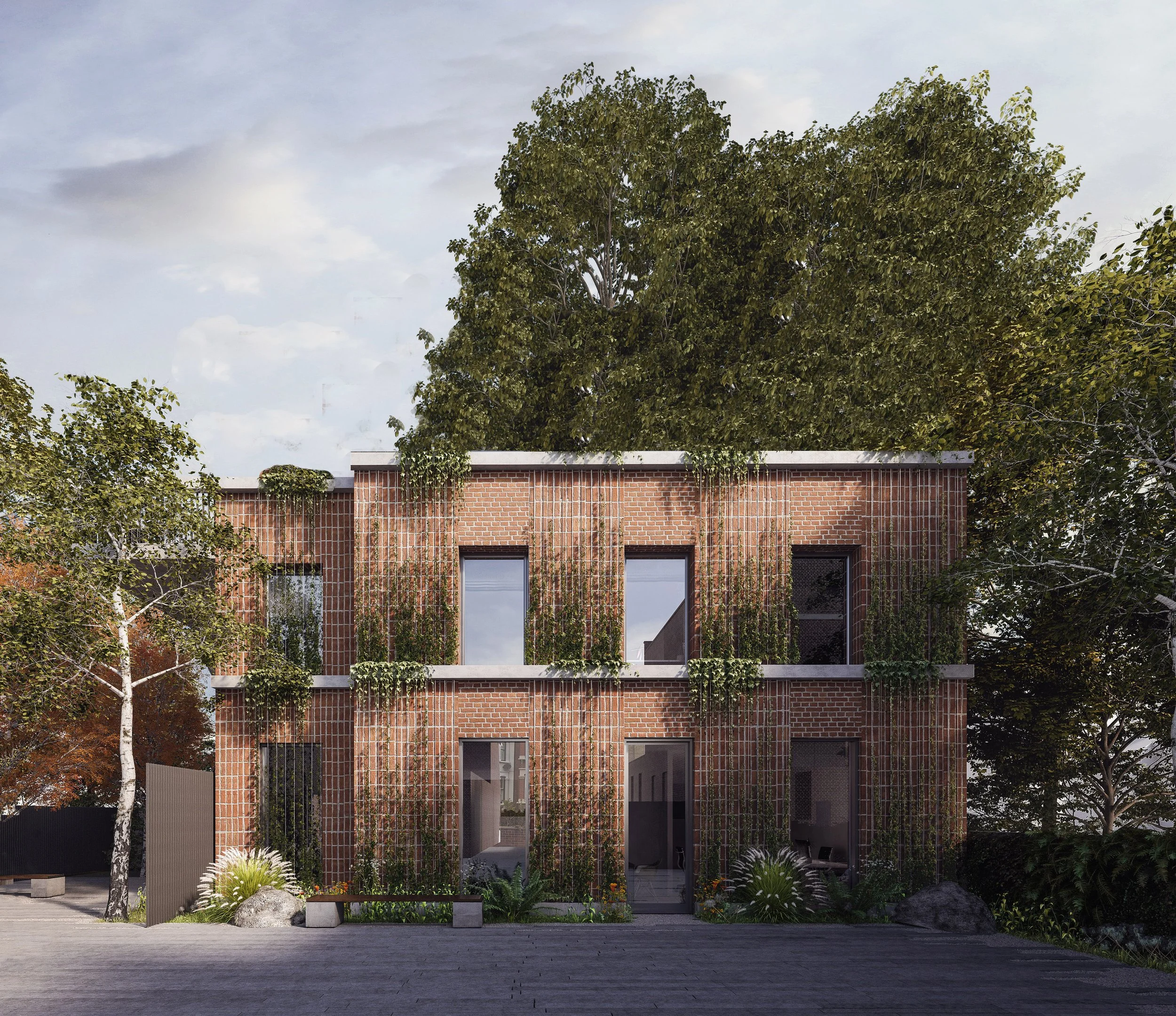A Sustainable Approach to the UK Housing Crisis
Vicarage, Chigwell
The UK government has set an ambitious target to build 1.5 million new homes during the current parliamentary term, aiming to address the ongoing housing shortage and stimulate economic growth. But as the pressure mounts to meet this goal quickly, a critical question emerges:
Should we be relaxing environmental and design standards to accelerate construction?
We believe that housing growth and environmental stewardship are not mutually exclusive. The push for more homes is inevitable, but with consideration for the potential environmental cost, it’s time to question whether rapid development must come at the expense of our planet's health.
The 'Grey Belt' Strategy
The government's recent proposal to develop low-quality green belt land, referred to as the "grey belt", must be dissected. While the aim is to unlock additional housing, this approach overlooks the multifaceted value of green belt areas. These spaces serve not only as buffers against urban sprawl but also as vital ecosystems that support biodiversity, agriculture, and community well-being. Converting these lands into development zones risks eroding the very qualities that make them irreplaceable. Furthermore, such actions could set a precedent for further encroachment into protected areas, undermining long-standing planning policies designed to maintain the balance between urban expansion and environmental preservation.
Relaxing Environmental Standards: A Step Backward?
The government's new planning and infrastructure bill includes a "nature levy," allowing developers to bypass certain environmental regulations by contributing to a national fund. While intended to streamline development, experts argue this could undermine environmental protections and lead to poorer planning outcomes.
The Arbour, Walthamstow
At boehm lynas, we advocate for a more integrated approach. Our work on The Arbour demonstrated that incorporating environmental considerations from the outset, rather than treating them as obstacles, resulted in faster approvals, lower long-term costs, and significantly higher resident satisfaction. Environmental standards should be viewed not as barriers but as frameworks for creating lasting value. The success of our award winning Arbour project confirms that developments designed with sustainability at their core deliver better outcomes for communities and investors alike.
A Better Path Forward
We propose a balanced approach that addresses both housing needs and environmental imperatives:
Prioritise brownfield development: Our regeneration expertise allows us to transform previously developed sites into vibrant communities while preserving precious green spaces.
Strengthen local planning authorities: Well-resourced planning departments can facilitate better development outcomes through informed decision-making and meaningful community engagement.
Establish clear, evidence-based standards: Rather than relaxing regulations, we need consistent, transparent frameworks that provide certainty for developers while protecting community interests.
Embrace technological innovation: As demonstrated in our upcoming Crown Estate projects, advanced construction methods can deliver efficiency without compromising environmental performance.
Looking Forward
The housing crisis demands urgent action, but short-term thinking that sacrifices environmental integrity will ultimately create more problems than it solves. We remain committed to creating developments that balance growth with responsibility, building not just for today but for generations to come.
We invite policymakers, fellow developers, and communities to join us in pursuing this vision of truly sustainable growth, one where quality homes and environmental stewardship advance together rather than at each other's expense.


